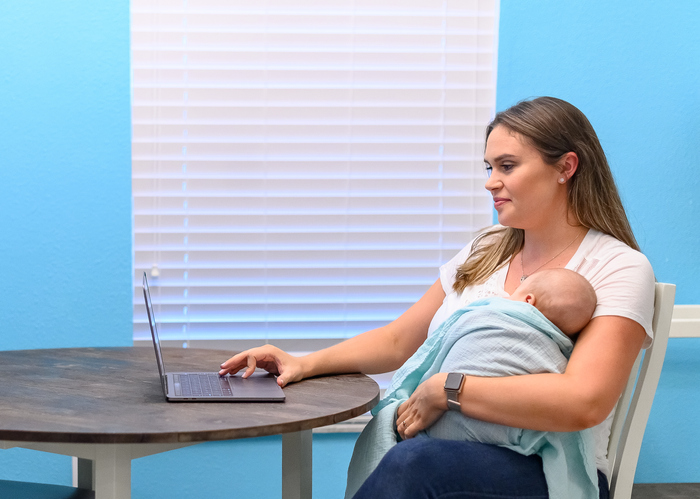In Mexico and around the world, social confinement has forced people to use more technology and their digital devices to access all kinds of services, including health.
It may still be new to many people, but telehealth allows people to get medical advice at a reasonable cost and in a safe, comfortable and convenient way. Visiting the doctor online also helps reduce the spread of coronavirus in doctor's offices or medical facilities.
Let’s see what telehealth is and why it’s so important nowadays.
What’s telehealth?
Telehealth is use of information and digital devices, such as smartphones, tablets or computers, to access medical care. It also includes access to education and other health services, all remotely.
It’s thanks to the internet that patients can attend a medical appointment from home. At the same time, doctors can continue their work and help more people in times of a health emergency like the one we are in worldwide.
Mexico’s case
Mexico, like other Latin American countries, has issues with regard to health services. That includes not being enough specialists, increased demand (especially due to COVID-19), scarcity of resources and centralization of medical professionals and facilities in big cities, to name just a few.
Mexico is a very large country, which exacerbates interconnection and communication problems. For this reason, and due to high operating costs, medical services can’t reach people in need. Likewise, traditional internet providers don’t usually serve remote communities. These situations can prevent people from accessing health services.
Fortunately, telehealth is an excellent option to serve patients in remote areas — or anywhere. All you need is a reliable internet connection, such as satellite, which is often available in places where other technologies are not.
Uses and benefits of telehealth
Other than convenience and safety, what are some of the advantages of accessing medical care online?
- You can use your laptop or cellphone to send your medical file to a health professional, so they can treat your case better.
- Access portals to review test results and request and issue prescriptions.
- Apps that wirelessly measure, transmit and record information such as sleep patterns, physical activity, heart rate, etc.
- Have your medical history, blood type, allergies and other essential information available electronically and accessible at any time. This is especially useful in an emergency.
- Have medical appointments through videoconferences.
- Get notifications when you need to take or refill a medicine, get a test or check results.
- Eliminate costs, travel times and waiting time for your appointments, as well as avoid exposure to the coronavirus.
Also, thanks to telehealth, doctors can remotely analyze patient X-rays or other images to evaluate treatments and generate diagnoses. Likewise, they may easily exchange information with their colleagues, to reach comprehensive conclusions, learn and share knowledge.
Also read: Tips to keep in touch during the COVID-19 emergency.
Telehealth resources in Mexico
Health Secretariat
In order to support people in the midst of pandemics, Health Secretariat, in collaboration with the Secretariat of Communications and Transportation (SCT) and Telecomunicaciones de Mexico (Telecomm), uses a high-performance broadband satellite network for telemedicine and to integrate, process and send information generated by health centers.
Doctoralia
This platform connects doctors and other health professionals with patients. It was founded in Barcelona, Spain, in 2007, and offers a space where people can comment, ask and find the best health professional according to their needs. Doctoralia arrived in Mexico in 2012.
Kuidis
They call themselves “the first collaborative network born in Mexico.” They created an ecosystem of health services for all kinds of diseases with the collaboration of institutions and companies of the sector, as well as universities.
Autonomous Popular University of the State of Puebla (UPAEP)
Their telehealth project seeks to answer questions from people, as well as provide guidance and consultations on coronavirus and respiratory diseases. Their services are free, you only need to have a mobile device connected to the internet.
Doc.com
Offers online consultations. Before talking to a professional, you will be able to see their name, specialty and professional license.
Telehealth is one of the highest and best uses of the internet, and in times of a health emergency, it becomes absolutely necessary. To have access to it, it’s necessary to have a fast and reliable internet connection that works even in remote, rural areas. Thanks to Viasat satellite internet, that’s no longer impossible in Mexico.
Learn more about Viasat service here.
